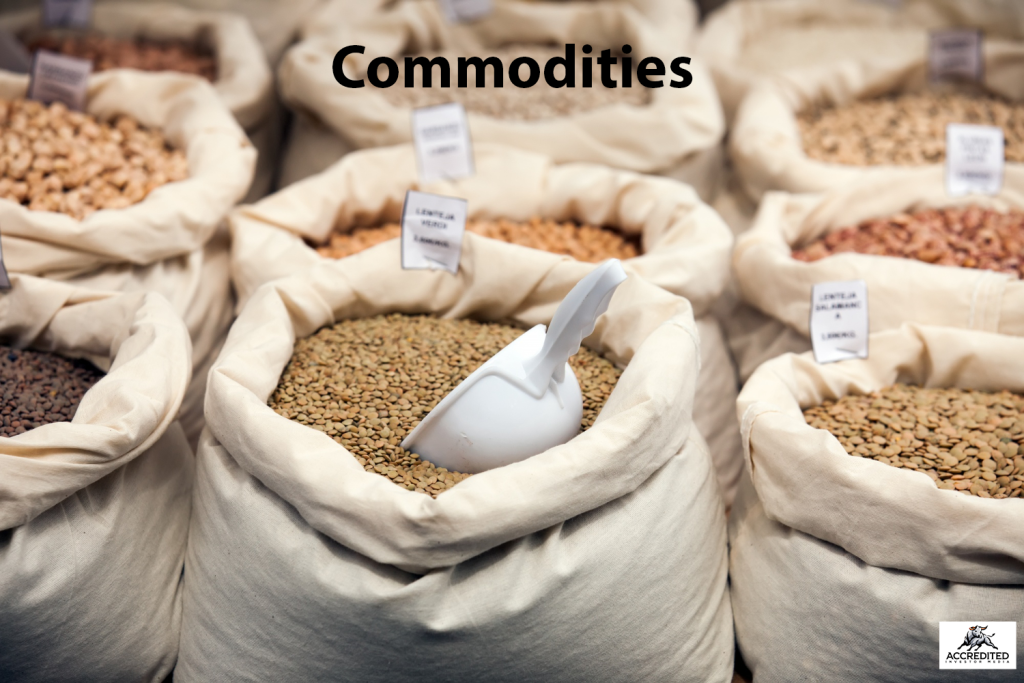
Accredited Risk Taker Investors Exploring High-Risk Investments:
Accredited investors-those meeting rigorous income or net worth thresholds-often pursue high-risk, high-reward opportunities beyond traditional markets. Among their favored instruments are derivatives and commodities, which offer leveraged exposure, portfolio diversification, and hedging potential. These investors are typically well-informed, strategically allocating capital toward volatile assets to seek alpha in unpredictable markets. However, navigating these complex instruments demands skillful analysis and risk management.
High-risk investments offer substantial profit potential but carry elevated loss risks, attracting accredited investors seeking superior returns. Understanding this risk-reward tradeoff is crucial in decision-making, as it aligns with individual risk tolerance and financial goals. Derivatives and commodities exemplify such investments, featuring complex structures, market volatility, and speculative behavior. Their risk profiles are influenced by leverage, pricing fluctuations, and geopolitical factors. Properly assessing these elements helps investors navigate high-risk domains with informed strategies and discipline.
Accredited investors often pursue high-risk investments driven by a blend of psychological appetite for thrill and financial ambition for exceptional returns. These investors seek high yield, portfolio diversification, and access to sophisticated tools often unavailable to retail participants. High-risk instruments like derivatives offer lucrative opportunities-magnified returns, inflation hedging, and market volatility exploitation. Derivatives such as options, futures, and swaps serve dual roles: risk management and speculative leverage. While they offer leverage and strategic protection, they also pose significant challenges-counterparty risk, complex pricing, and liquidity issues. Still, advanced investors use options and futures to tactically speculate, hedge, or enhance returns in volatile markets. High-risk investing, when executed with skill and awareness, can offer unmatched capital appreciation and financial flexibility. For accredited investors, the calculated risk is not just a gamble-it’s a strategic edge toward financial optimization.
Investing in commodities offers opportunities but carries high risk due to inherent volatility, liquidity issues, and global market sensitivities. Commodities-ranging from metals and energy to agriculture-are influenced by geopolitical events, supply-demand imbalances, and macroeconomic indicators. While they offer portfolio diversification and hedge against inflation, investors face sharp price swings and low transparency. Effective strategies include direct ownership, commodity-focused ETFs, and futures contracts, while managed portfolios offer professional oversight. Risk management is crucial-beginning with thorough due diligence, understanding derivatives pricing, and evaluating counterparty credibility. Tools like hedging, stop-loss mechanisms, and scenario analysis mitigate exposure. Analyzing historical trends, seasonal cycles, and market sentiment enhances positioning. Prudent portfolio construction must balance risk tolerance with strategic exposure to commodity assets. Combining rigorous research with tactical instruments enables navigation through volatile commodity landscapes, making informed participation possible in these high-risk investment arenas.
Diversifying across asset classes and investment vehicles enhances portfolio resilience, balancing potential returns with manageable risk. Strategic parameters-like position sizing, stop-loss orders, and drawdown limits-serve as essential safeguards. Ongoing portfolio reviews allow for realignment based on market dynamics and investor goals. While high-risk investments such as derivatives, commodities, and leveraged funds can deliver outsized gains, they require vigilance and expertise. Accredited investors, with their elevated risk tolerance and access to sophisticated instruments, are uniquely equipped to exploit these opportunities, provided they remain disciplined, informed, and responsive to evolving market conditions.
Derivatives empower accredited investors to capitalize on market volatility through leveraged positions, offering both amplified returns and strategic risk control. By employing hedging or speculative tactics, they can enhance portfolio efficiency. However, prudent due diligence is essential, considering potential counterparty defaults, margin requirements, and liquidity constraints. A well-informed approach to derivatives trading ensures optimized outcomes while mitigating risks in dynamic financial markets.
Commodities, while inherently high-risk, offer accredited investors significant portfolio diversification, inflation hedging, and direct exposure to macroeconomic shifts. Investment avenues include physical assets, commodity futures, and exchange-traded products. These vehicles can capture growth in global demand cycles. However, investors must navigate price volatility, regulatory nuances, and liquidity constraints, making strategic timing, risk tolerance, and market insight critical to successful participation in the commodities sector.
To effectively manage high-risk investments, thorough due diligence is critical. This includes extensive research, evaluating historical performance and market cycles, and verifying the credibility of brokers and counterparties. Employing structured risk management parameters, diversifying across asset classes, and implementing real-time portfolio monitoring are essential. Ongoing rebalancing based on market dynamics and individual asset behavior further strengthens risk mitigation strategies and enhances portfolio resilience under volatile conditions.
High-risk investments like derivatives and commodities offer accredited investors high-return potential, diversification, and exposure to alternative markets. By thoroughly understanding their volatility, leveraging strategies, and liquidity characteristics-alongside implementing disciplined risk management-investors can navigate these complex instruments with confidence. While risks are substantial, so are the rewards for those equipped with knowledge, prudence, and a long-term strategic outlook.
